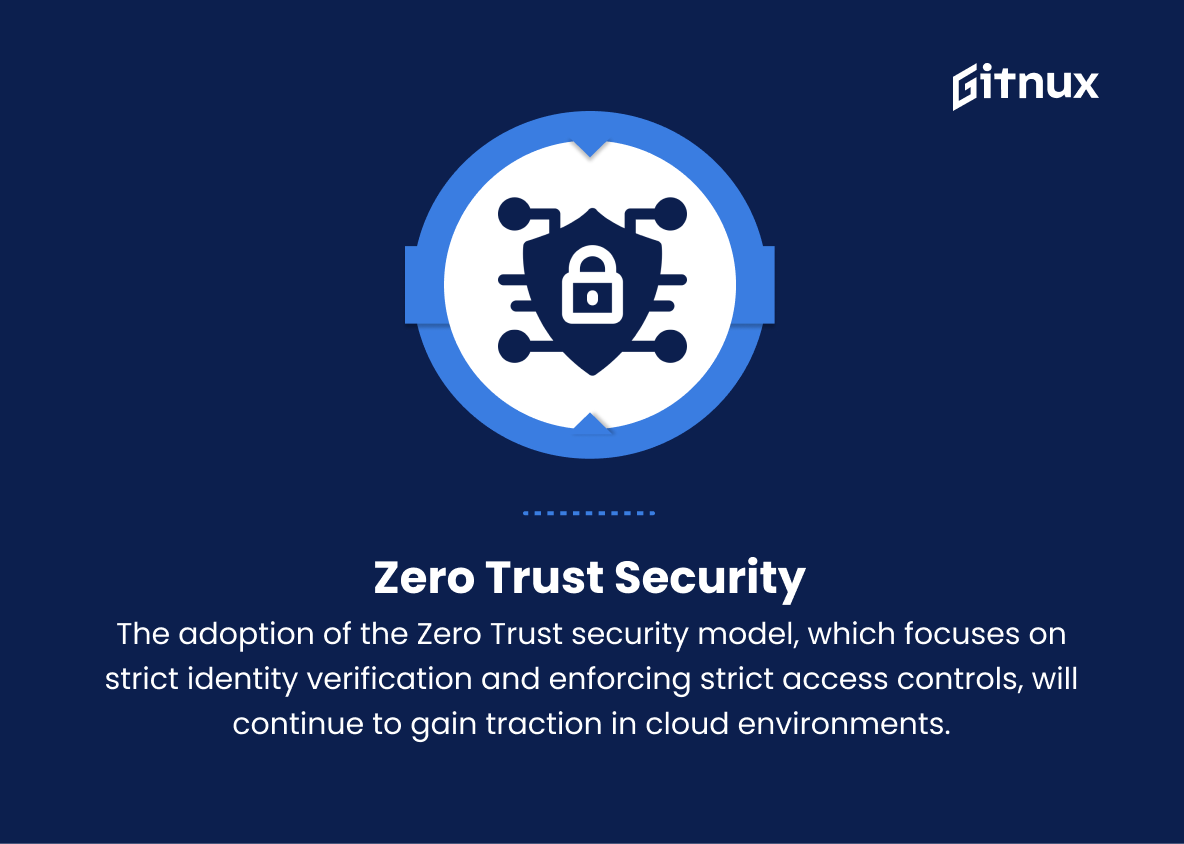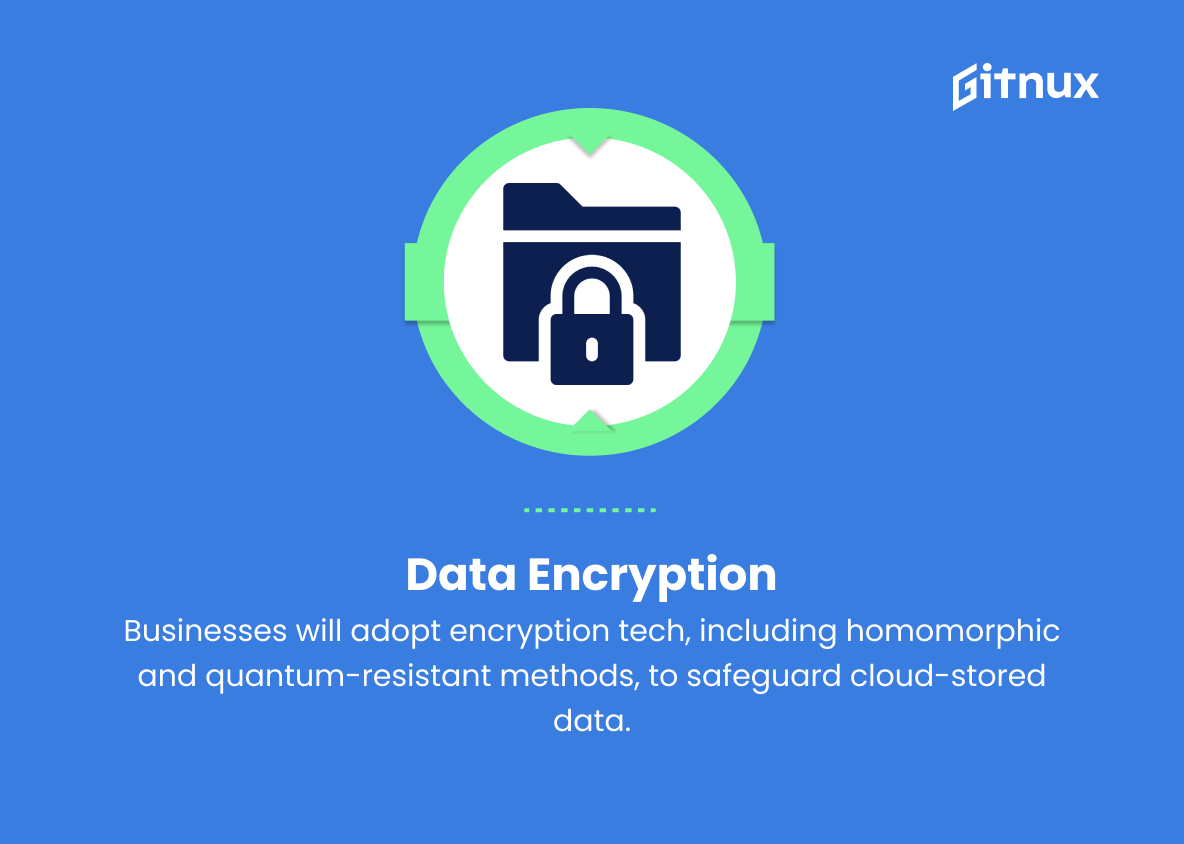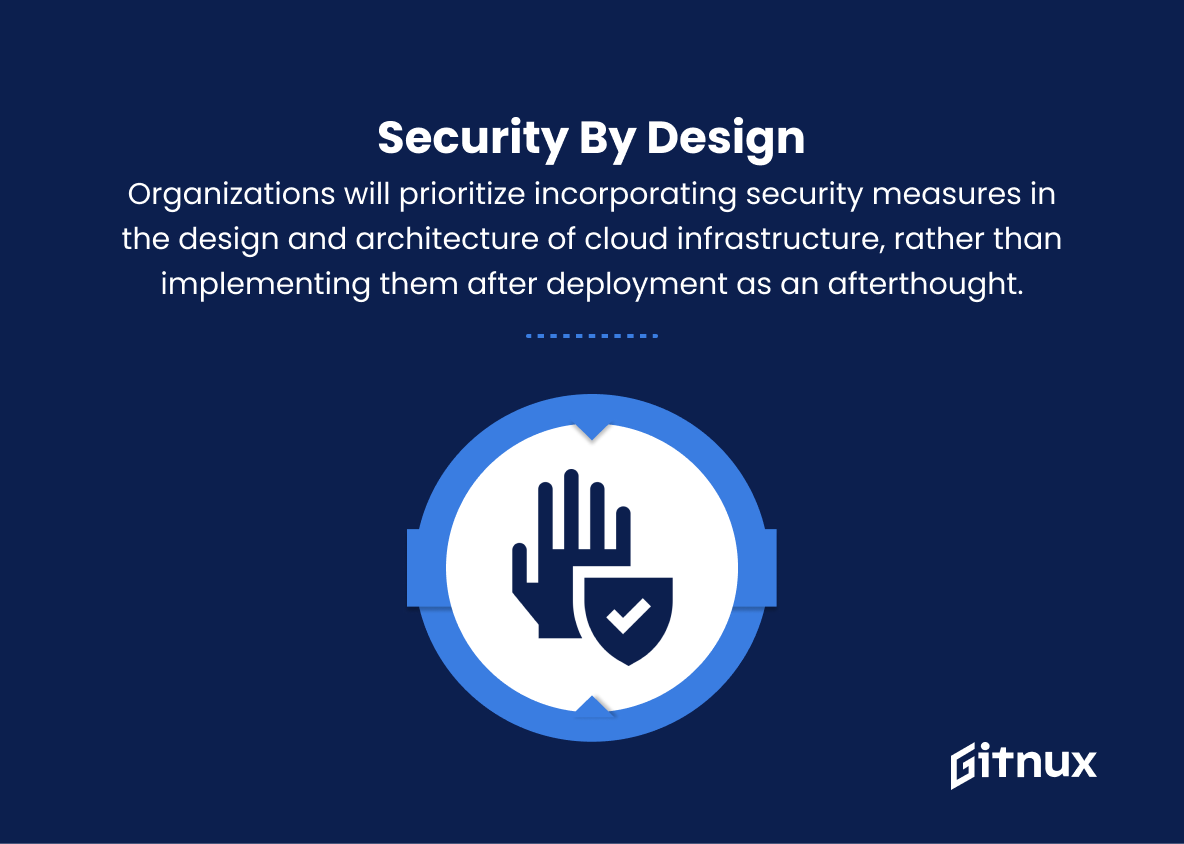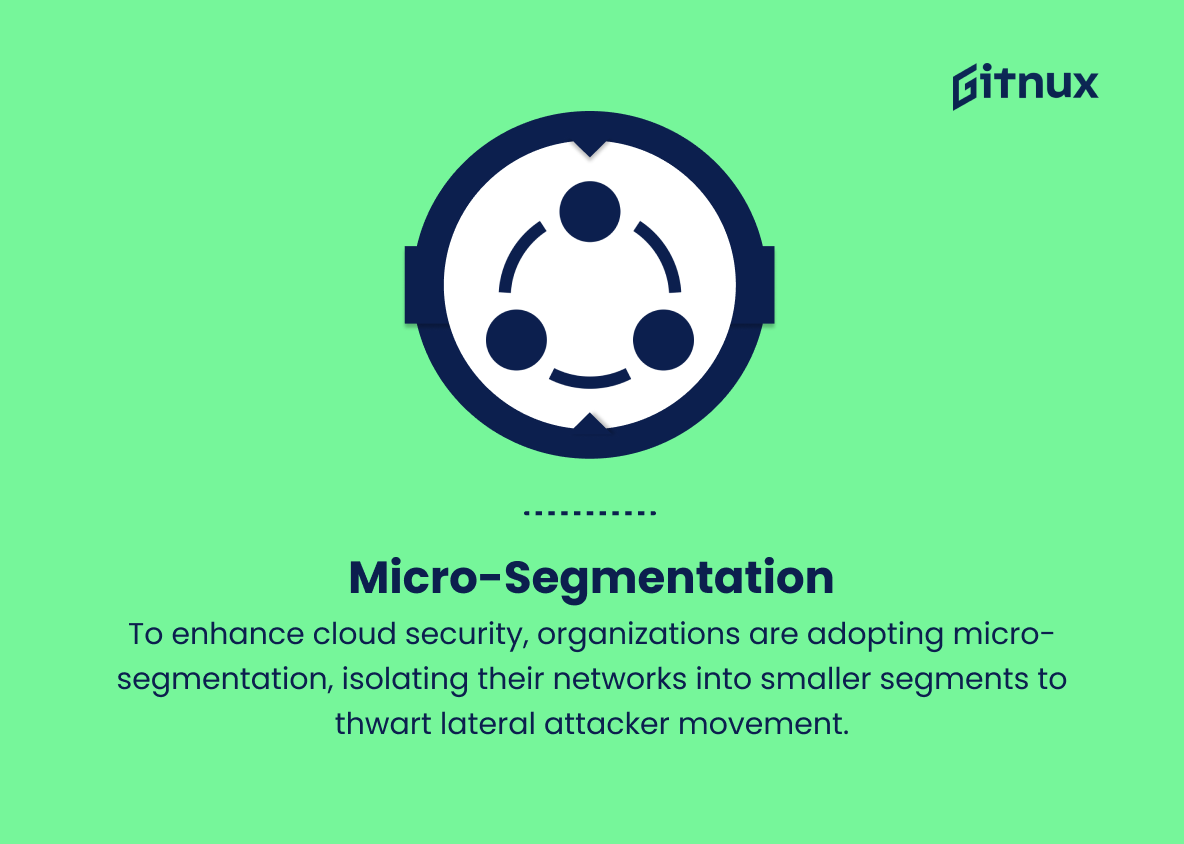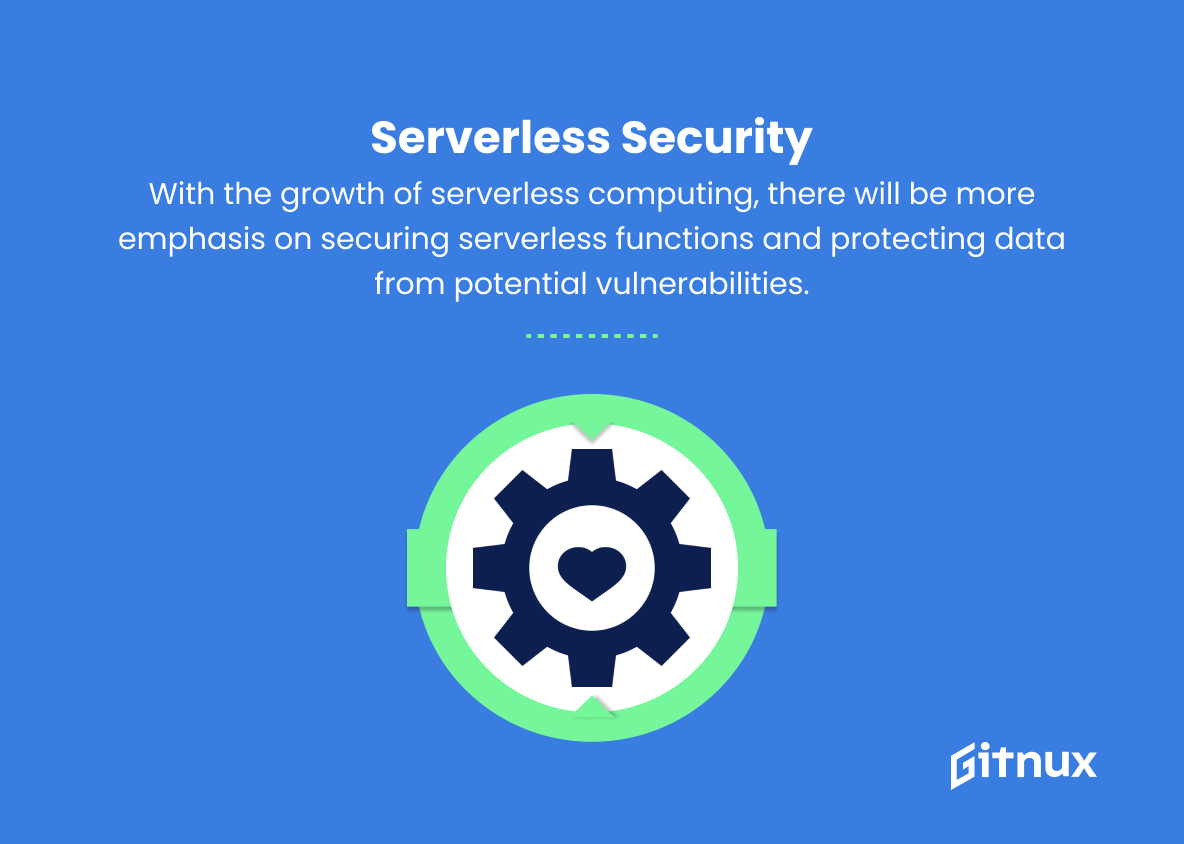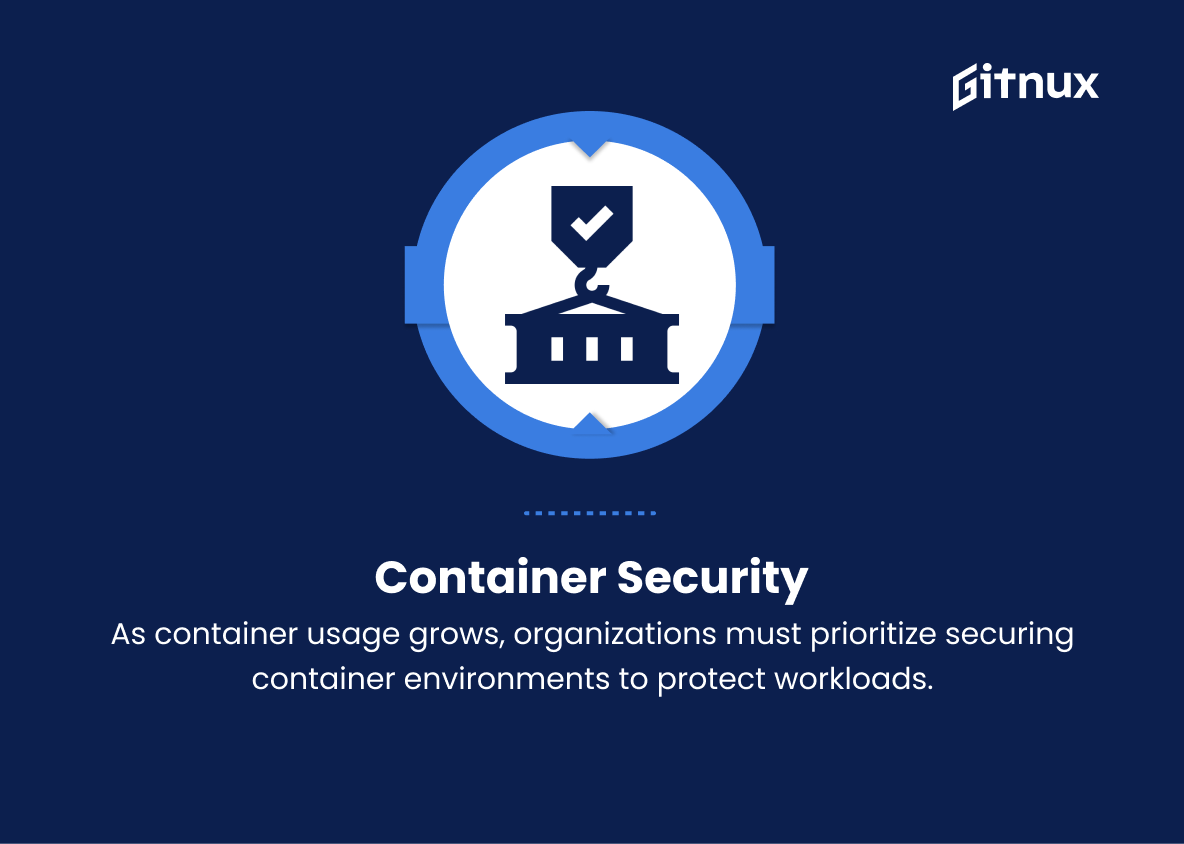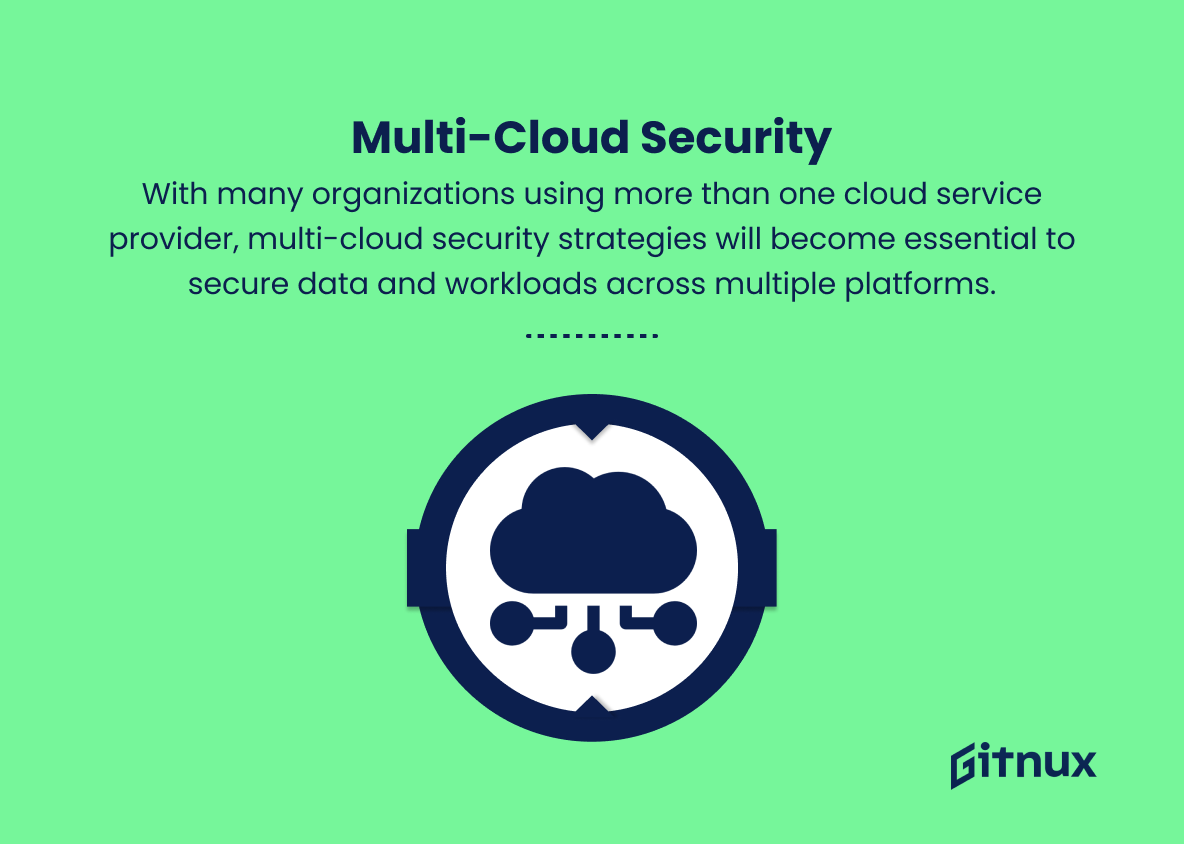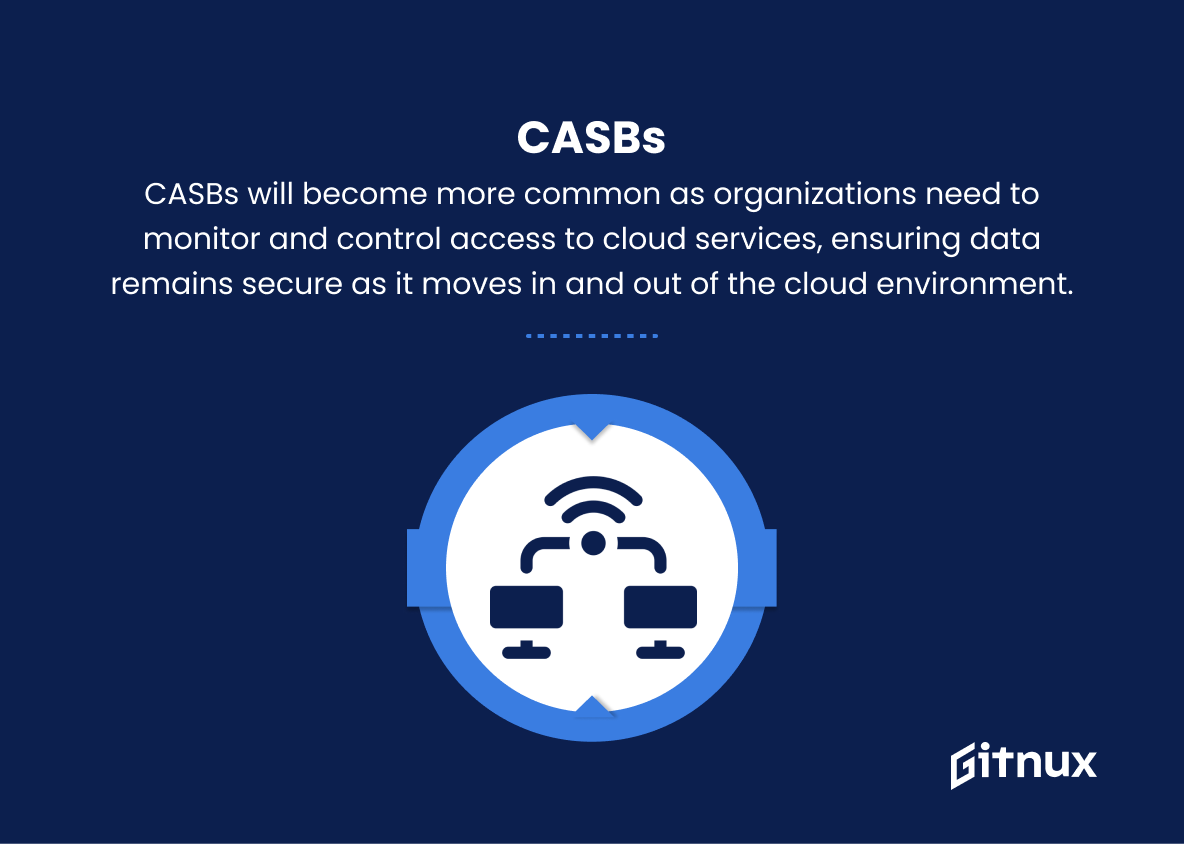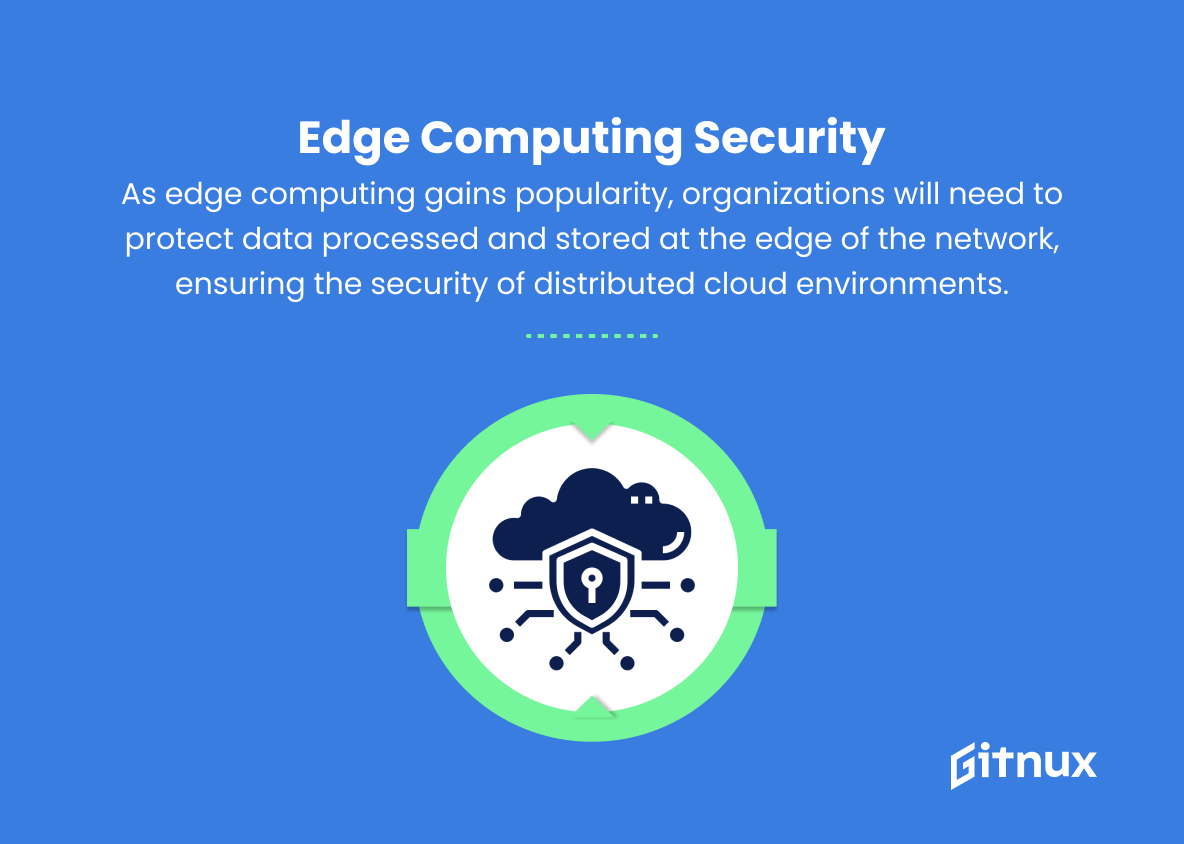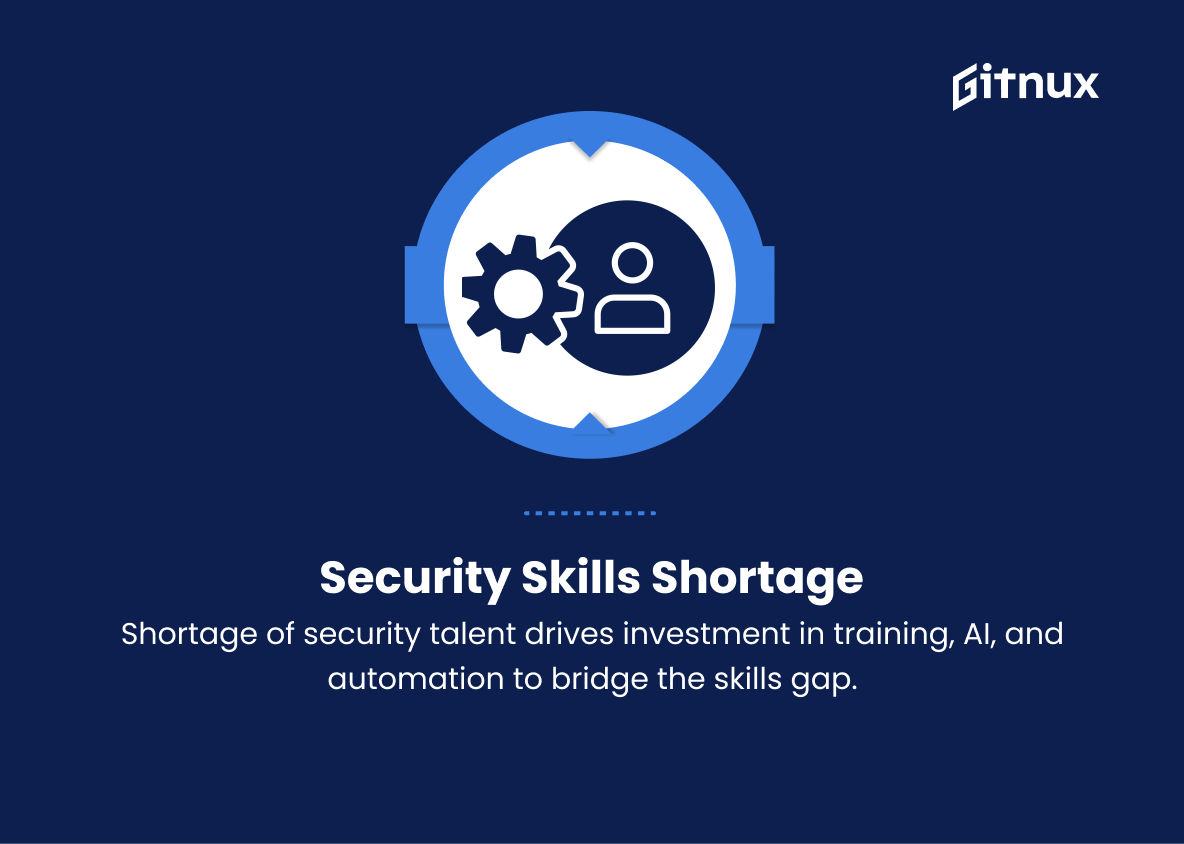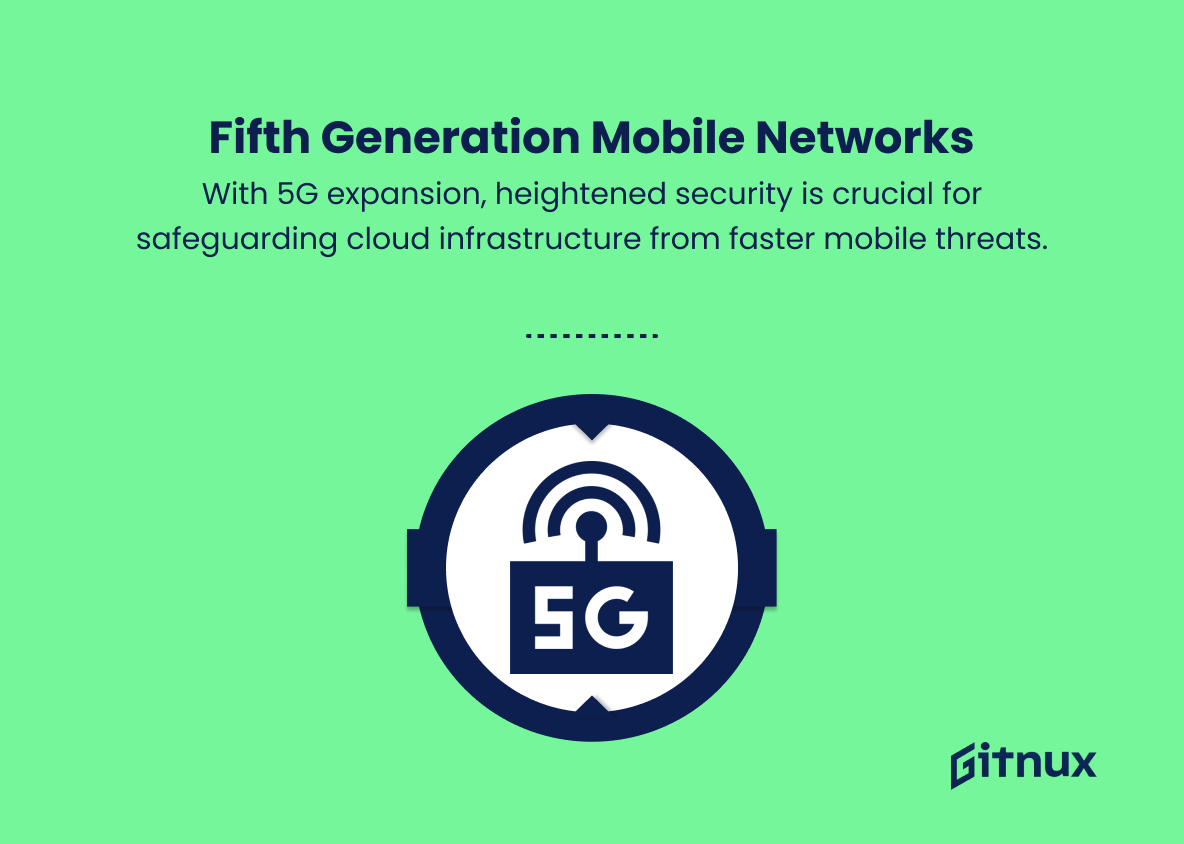In today’s rapidly evolving digital landscape, cloud security has become a hot-button issue for organizations of all sizes and industries. With an increasing reliance on cloud-based services to store, manage, and share data, businesses must remain hyper-vigilant to protect their sensitive information from ever-present and sophisticated cyber threats. The landscape of cloud security is continuously evolving, with new trends and best practices emerging regularly to address current challenges and anticipate future ones.
This comprehensive blog post delves into the latest cloud security trends shaping the industry, highlighting both the benefits and potential pitfalls every organization should be aware of. By understanding these key developments, businesses can better safeguard their digital assets and fortify their cloud computing infrastructure against potential breaches. Stay informed, stay ahead, and stay secure as we explore these critical trends in cloud security.
Top Cloud Security Trends
1. Zero Trust Security
The adoption of the Zero Trust security model, which focuses on strict identity verification and enforcing strict access controls, will continue to gain traction in cloud environments.
2. Automation and AI-based Security
Companies will increasingly deploy artificial intelligence (AI) and machine learning (ML) systems to detect and respond to security threats in real-time, automatically identifying vulnerabilities and improving incident response capabilities.
3. Data Encryption
Encryption technologies, like homomorphic encryption and quantum-resistant cryptography, will be more widely adopted by businesses to protect sensitive data stored and transmitted in the cloud.
4. Security by Design
Organizations will prioritize incorporating security measures in the design and architecture of cloud infrastructure, rather than implementing them after deployment as an afterthought.
5. Micro-segmentation
To prevent lateral movement of attackers within a cloud environment, organizations will increasingly adopt micro-segmentation, breaking down their network into smaller, more isolated segments.
6. Serverless Security
With the growth of serverless computing, there will be more emphasis on securing serverless functions and protecting data from potential vulnerabilities.
7. Container Security
As containers become an increasingly popular way to package and deploy applications, organizations will need to focus on securing container environments, ensuring the isolation and security of workloads.
8. Multi-cloud Security
With many organizations using more than one cloud service provider, multi-cloud security strategies will become essential to secure data and workloads across multiple platforms.
9. Compliance and Regulatory Changes
Organizations will need to adapt to changing regulations, such as the GDPR and the new data protection laws of different countries, ensuring their cloud security practices meet evolving compliance requirements.
10. Increased Use of Cloud Access Security Brokers (CASBs)
CASBs will become more common as organizations need to monitor and control access to cloud services, ensuring data remains secure as it moves in and out of the cloud environment.
11. Cloud-Based Identity and Access Management (IAM)
With the growing adoption of cloud services, cloud-based IAM systems will be essential to controlling access to sensitive data and resources.
12. Edge Computing Security
As edge computing gains popularity, organizations will need to protect data processed and stored at the edge of the network, ensuring the security of distributed cloud environments.
13. Security Skills Shortage
Organizations will continue to face a shortage of skilled security professionals, leading to increased investment in security training and certifications, as well as the use of AI and automation technologies to fill the skills gap.
14. Fifth Generation (5G) Mobile Networks
As 5G networks become more widespread, enhanced security measures will be required to protect critical cloud-based infrastructure from threats posed by faster and more expansive mobile connectivity.
15. Increased Collaboration and Information Sharing
To combat advanced threats targeting cloud environments, organizations will increasingly collaborate with their peers, industry groups, and government agencies to share threat intelligence and best practices in cloud security.
Implications
As cloud computing continues to proliferate, advancing security measures becomes paramount. The Zero Trust security model is instrumental in safeguarding cloud environments, while AI-based automation can expedite the detection and response to threats.
Enhanced encryption technologies, along with a greater emphasis on security by design, offers improved data protection. Micro-segmentation,’s adoption facilitates better network isolation, and serverless computing gains traction, prompting organizations to prioritize serverless security.
Container security and multi-cloud strategies become a necessity as businesses diversify their application deployments and service providers. Compliance and regulatory demands, such as GDPR, underscore the need for comprehensive security measures tailored to meet evolving requirements.
Cloud Access Security Brokers (CASBs) and cloud-based IAM systems are vital components for monitoring and controlling access. With the emergence of edge computing, businesses must ensure distributed cloud environments have robust security frameworks.
The ongoing security skills shortage drives investment in training, certifications, and AI/automation technologies.
Further, as 5G networks proliferate, organizations must bolster their security to protect critical cloud infrastructure.
Lastly, effective collaboration and information-sharing among businesses, government agencies, and industry groups are essential to combat advanced threats and establish best practices in cloud security.
Conclusion
In conclusion, as the digital landscape continues to evolve rapidly, cloud security trends have become essential in safeguarding data, applications, and infrastructure from potential threats.
As organizations increasingly adopt cloud computing services, they must remain vigilant in implementing proactive security measures, employing multifactor authentication, monitoring for insider threats, and staying up-to-date on the latest advancements in cloud security technologies.
By embracing these trends and continually adapting security strategies, businesses can effectively reduce risks and deliver better services to their users and customers.
Moving forward, let’s stay informed, proactive, and innovative in our approach to cloud security, as it will undoubtedly remain a critical element for success in the modern digital world.
